Preparing Bellefontaine Cemetery For The Next 100 Years
Who doesn’t love Bellefontaine Cemetery? Bellefontaine’s narrative, a fascinating read, begins:
The story of Bellefontaine Cemetery begins in the early 19th Century when an international movement began to transform burial practice in America. Up until that time, the dead had been buried in churchyards, on family property, or in small vacant lots. As cities flourished, however, the land set aside for the dead grew increasingly valuable. When developers claimed these urban graveyards for the growth of cities, those interred there had to be moved elsewhere.
“The first interment at Bellefontaine took place on April 27, 1850” and the new cemetery was dedicated on May 16, 1850. In those days the main entrance was on the east side, facing an unpaved Broadway.
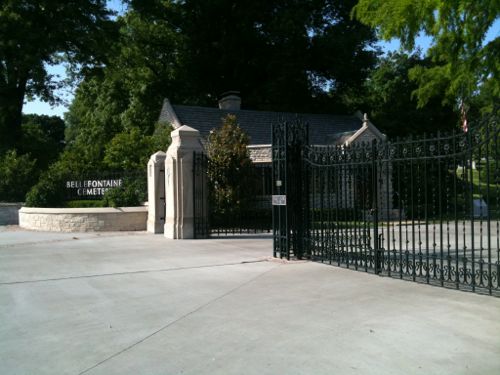
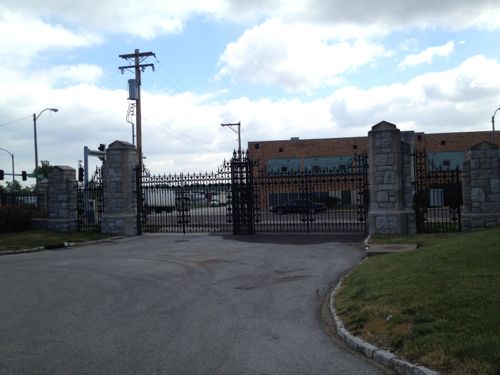
In my 21+ years in St. Louis I’ve been to Bellefontaine many times, often taking out of town guests on a drive through the winding roads to see some of the notable structures. You’ve probably done the same thing.
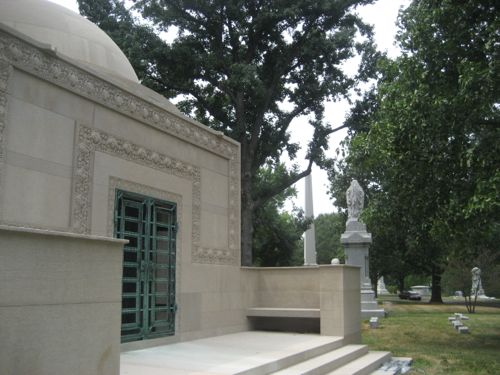
At the Compton Heights Home Tour this year I happened to meet Bellefontaine’s new landscape architect, Earen L. Hummel.
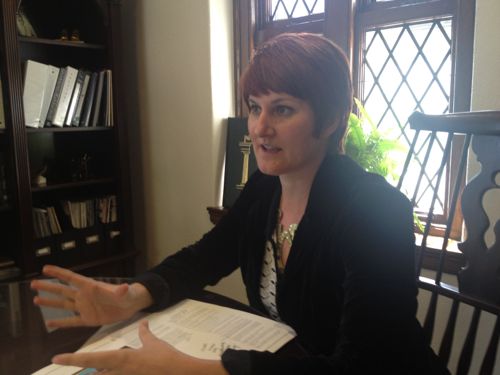
Before I get into Hummel’s role I’d like to review what Bellefontaine is, and isn’t. The quotes below are from Bellefontaine’s FAQ page:
Bellefontaine does not have an owner – it is a non-profit, non-denominational cemetery. Our mission is to provide high quality service to people of all faiths; to preserve and protect the history and stories of our families; to protect and enhance the beauty of our landscape; and to ensure that the cemetery is well-cared for, far into the future.
The cemetery’s large endowment is professionally managed to ensure future financial needs are met:
Bellefontaine is very fortunate to have a large endowment that helps pay for the not insignificant costs of maintaining a 314 acre property that has many buildings and 14 miles of roads.
While Bellefontaine contains important historical figures such as author William S. Burroughs, architect Theodore Link and brewing magnate Adolphus Busch, most of those interred are just regular folks like you and me.
Bellefontaine buries people of all faiths and walks of life – the cemetery was founded to serve all the citizens of St. Louis. In the mid-1800s, many cemeteries in St. Louis were faith based and buried only members of their congregation or others of the same faith. As the population grew exponentially, cemeteries were filled up. Others were sold to developers, eager for land in the expanding city. City leaders at the time conceived of Bellefontaine as a cemetery for everyone, large enough that it would have land available for the citizens of the city far into the future, and far enough away from the downtown that there would be no demand from developers for its land.
Note that it said “buries” in present tense — Bellefontaine is far from being full:
Bellefontaine still has over 100 acres of open land, which means that the cemetery will be available for interment for generations to come. In fact, we have so much land that we are planting some of it in prairie and woodland, which is beautiful to look at, and provides habitat for many birds and animals.
Who knew? Personal story, I knew and in the days before my stroke I called Bellefontaine to get plot information after discussing the with a friend about being buried in such a beautiful cemetery. The information came while I was comatose in intensive care.
Hummel gave me a personal tour of the cemetery, including the open spaces.
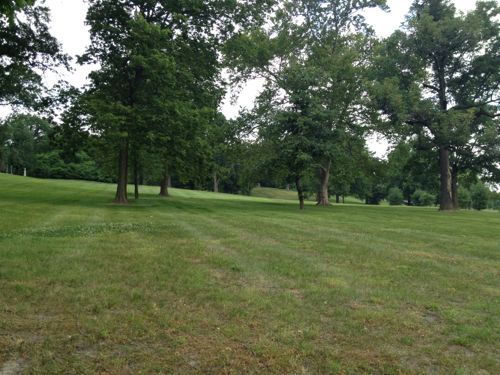
Hummel was part of a consultant team that worked for a year on the master plan for the next 100 years. After the team finished their work Bellefontaine’s board created a new position and hired Hummel to oversee the implementation of the new plan. It’s an exciting plan too!
More green options will be offered, though they’ve always permitted a simple green burial:
those who wish to minimize their environmental impact (and often reduce their costs too), unlike many cemeteries we do not require outer burial containers, often called vaults, which surround the casket. And if you wish burial in a simple pine coffin or even a shroud, that is fine with us too. We call this “traditional” green burial: it is what our forbearers did for hundreds of years.
Want to be greener yet?
As mentioned above, at Bellefontaine you do not need to be embalmed, have an outer burial container, or even a traditional coffin. Old-fashioned pine, wicker or other bio-degradable materials are perfectly acceptable. This is better for the earth, and can also significantly reduce your costs. We will also soon be offering even “greener” options in our woodland or prairie areas, such as in-ground scattering of cremated remains or burials with simple, natural monumentation.
Within a couple of years they hope to have areas that will be free of pesticides.
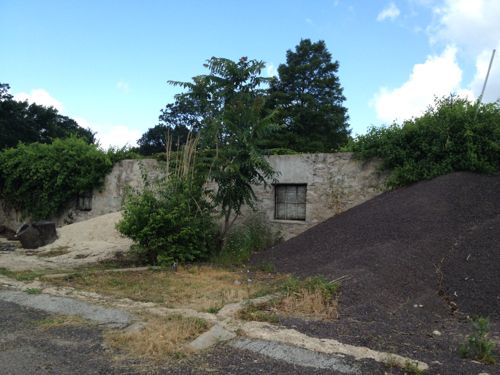
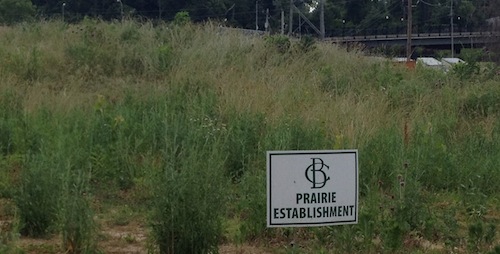
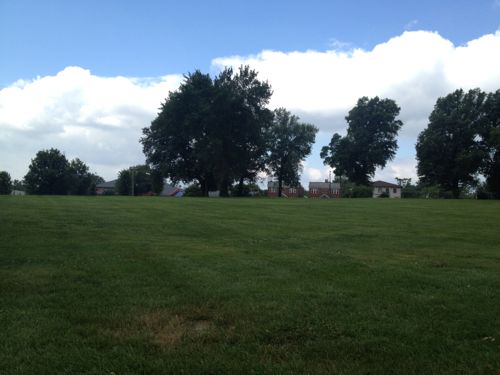
I planned to include one image from the master plan but I couldn’t pick just one:
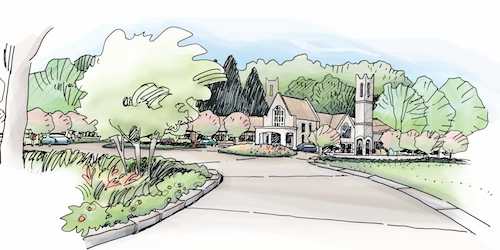
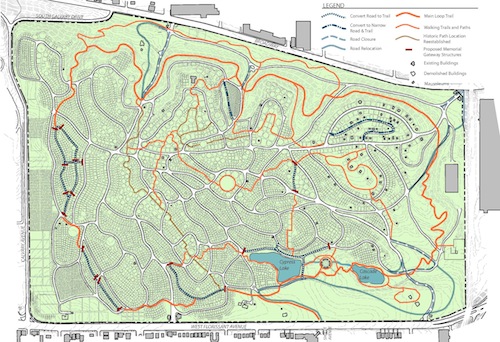
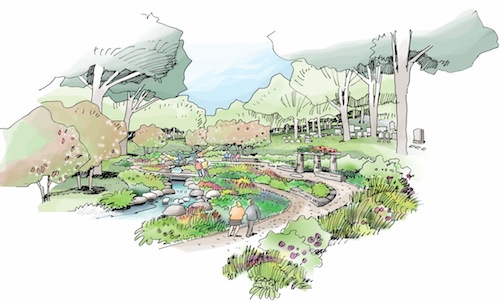

It’ll take all of 20 years to implement the master plan. I look forward to watching it happen.
– Steve Patterson
Cemeteries should not be designed as recreational parks for walking or cycling.
Why not?
I think it’s better to visit the dead.
Cemeteries were some of our first parks. It makes since that we should start using them for that again.
Parks in a sense that they were designed for quiet reflection. Not cycling.
So was TGP. We play tennis and baseball there now.
When it’s my time, put me in a pine box and use the rest of the money to throw a killer keg party!
People used to have picnics in cemeteries
I think I saw that in a movie. It didn’t end well.
Not only do I want a green burial. But for a headstone I would want a swing set with a slide. There has never been since the dawn of man, a better sound than children laughter. Yes it a quite place for reflection, but a time to be with your family. Let my piece of ground be used for a special purpose, whether that is playground or beside a cycle trail. To each their own.
If you don’t want to be buried in a park…there are plenty of other cemeteries out there….go there. I think properly placed dog/bike/walk paths is very good land management.
People were born, lived and died in cemeteries. My Grandmother was born at Bellefontaine, lived there over 80 years and is buried there. Parks, greenspace? home!
BELLEFONTAINE REMAINS, past and present, a nationally-renowned cemetery artistically, architecturally and historically–not many in the nation can surpass it! The cemetery management’s “conservator” program for the next 100 years is a prudent, far-sighted effort well-spent, since now there are no more cemeteries opening for burial, entombment or cremation in St. Louis City OR County. I believe Historic BELLEFONTAINE in on the advent of a “Second Spring” of popularity with St. Louisans for their memorialization, funerary and remembrance needs–particularly with its historically sensitive re-imagination and conservation plan that will allow this magnificent regional cemetery to continue serving the memorialization needs of St. Louisans of all faiths in the centuries to come when available burial space in the area will greatly diminish. Keep up your pioneering work–you continue to “set the pace” for great architecturally-noted historical cemeteries in the nation!
Sincerely, MAX K.